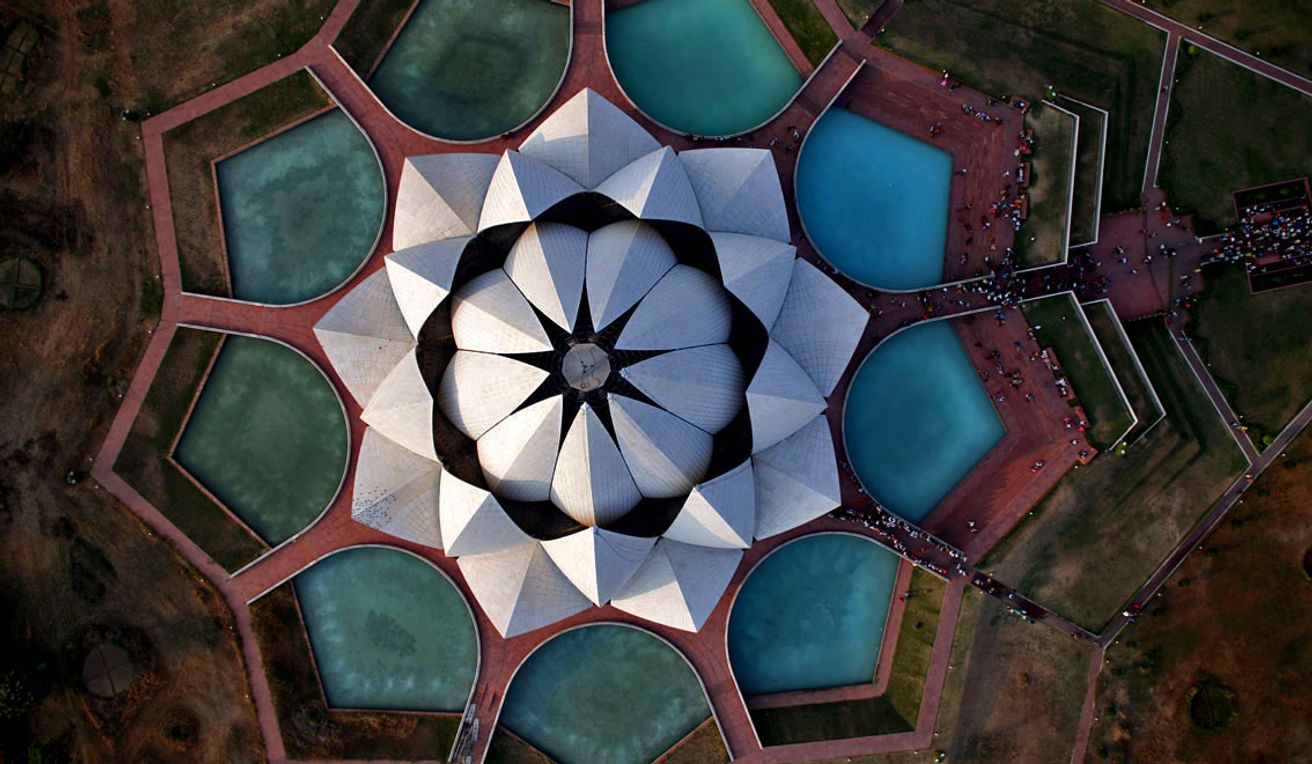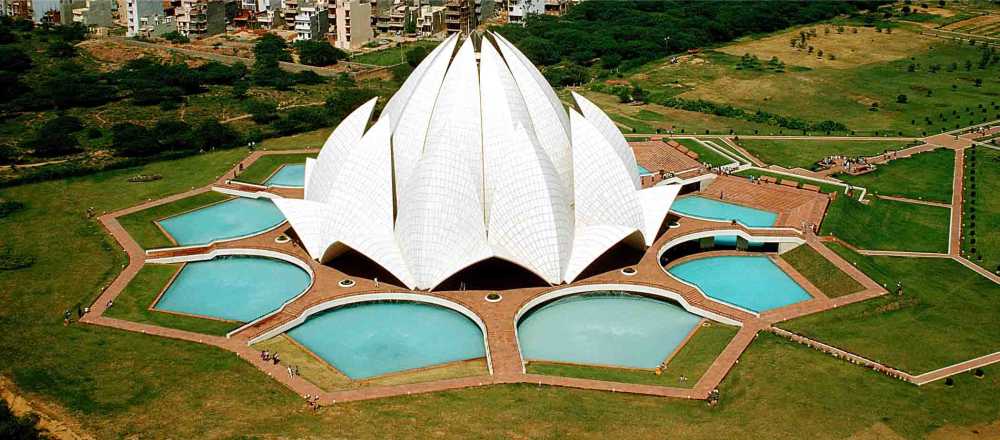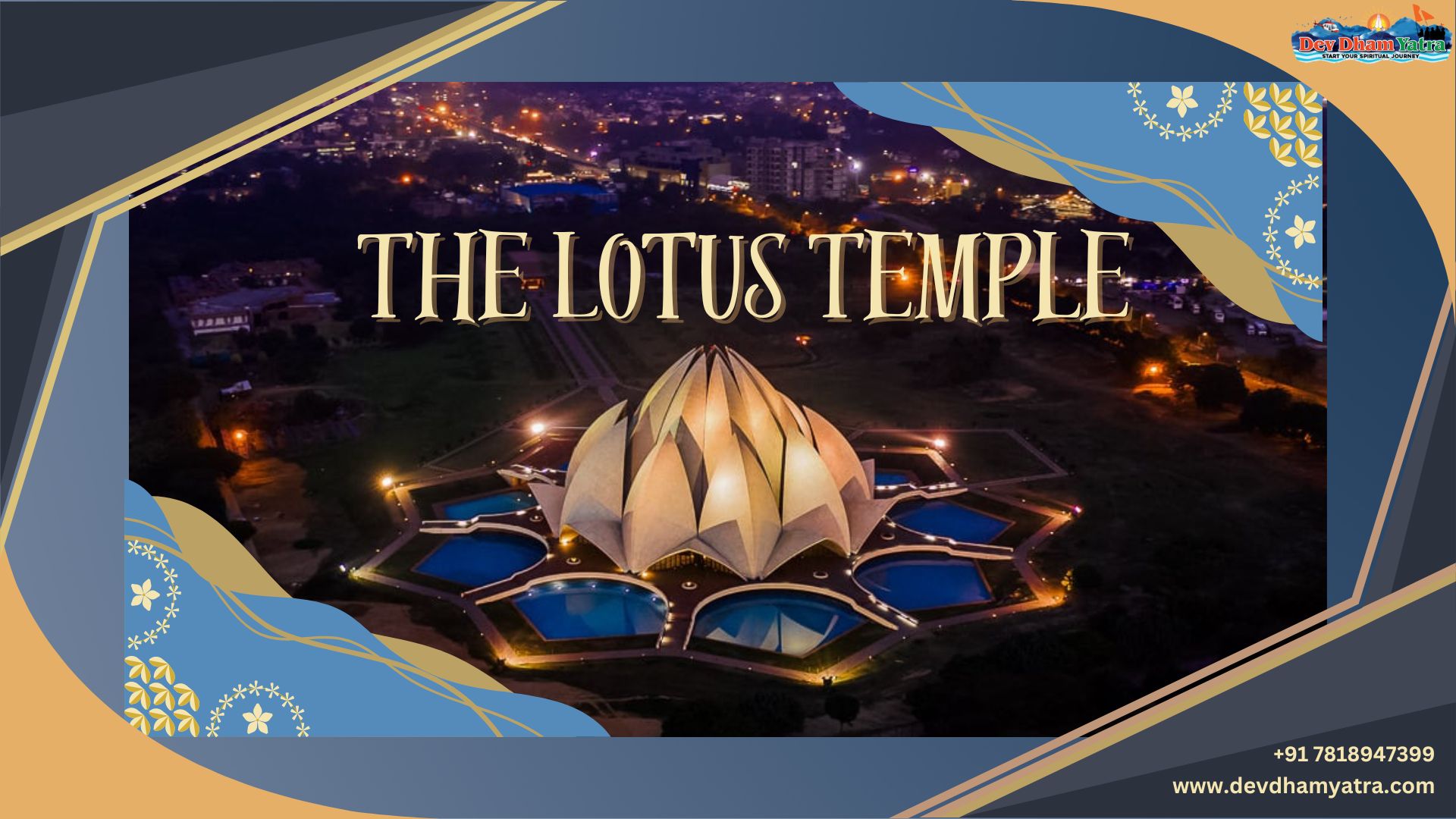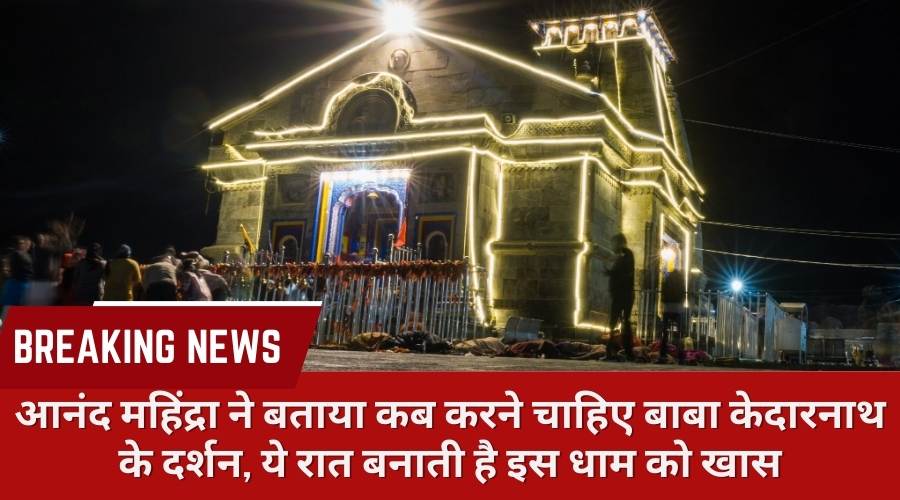Introduction to the Lotus Temple
The Symbolism of the Lotus
The Lotus Temple stands as a beacon of hope and unity, symbolizing the Bahá’í faith’s teachings of peace. The lotus flower, which blooms beautifully even in muddy waters, represents purity and enlightenment. This powerful symbolism draws visitors from diverse backgrounds, all seeking a tranquil escape.
Architectural Significance
Designed by architect Fariborz Sahba, the temple’s structure is a stunning example of modern architecture. The temple’s petals are made from white concrete, creating a striking contrast against the blue sky. This innovative design has earned the Lotus Temple numerous awards and accolades.
History of the Lotus Temple

The Concept and Design
The idea for the Lotus Temple originated in the 1970s, inspired by the Bahá’í principle of inclusivity. Unlike many other places of worship, the Lotus Temple welcomes individuals of all faiths. The design process emphasized creating a space that fosters reflection and peace.
Construction and Inauguration
Construction began in 1980 and took nearly seven years to complete. The temple was officially inaugurated on December 7, 1986. Since then, it has become one of the most visited buildings in the world, with millions walking through its doors each year.
Architectural Features
Design and Structure
The Lotus Temple’s design features 27 free-standing marble-clad petals arranged in a circular formation. The petals open up to create a dome-like structure, allowing natural light to illuminate the interior. This unique design creates a sense of openness and connection to the environment.
Materials Used
The temple is primarily constructed from white marble sourced from Makrana, Rajasthan, the same place that supplied marble for the Taj Mahal. This material not only enhances the temple’s beauty but also ensures its durability.
Visiting the Lotus Temple

Location and Accessibility
The Lotus Temple is located in Bahapur, a suburb of Delhi. It is easily accessible by public transportation, including the Delhi Metro. The temple is situated in a beautifully landscaped garden that adds to its serene atmosphere.
Best Time to Visit
While the temple is open year-round, the best time to visit is during the cooler months from October to March. This period offers pleasant weather, making it ideal for exploring the temple and its surroundings.
The Spiritual Experience
Meditation and Reflection
Visitors are encouraged to engage in silent meditation and reflection within the temple. The tranquil ambiance, combined with the stunning architecture, creates an ideal environment for personal contemplation.
Principal of unity and peace by Baha’i
The Lotus Temple promotes the Bahá’í teachings of unity, equality, and love for all humanity. These principles resonate deeply with visitors, making the temple a place of spiritual rejuvenation.
Cultural Impact
Influence on Architecture
The Lotus Temple has influenced architectural designs worldwide. Its unique style has inspired various modern structures, emphasizing the importance of harmony between spirituality and nature.
The Role in Promoting Peace
Beyond its architectural significance, the Lotus Temple serves as a global symbol of peace. It hosts numerous interfaith gatherings and events that promote dialogue and understanding among different religions.
Frequently Asked Questions
What is the best time to visit the Lotus Temple?
The best period to visit the lotus temple would be from October to March when the weather is bearable and present .
Are there any entry fees?
No, entry to the Lotus Temple is free for all visitors.
Can I take photographs inside the temple?
Photography is not allowed inside the temple to maintain its serene environment.
What should I wear when visiting?
Visitors are encouraged to dress modestly to show respect for the sacred space.
Is there a guided tour available?
While there are no formal guided tours, informative pamphlets are available at the entrance.
Some nearby attractions of lotus temple?
Nearby attractions include the Qutub Minar, Humayun’s Tomb, and the Nehru Place Market.
Conclusion
The Lotus Temple is more than just a place of worship; it is a testament to the beauty of diversity and a symbol of peace. Its unique architecture, serene atmosphere, and the principles it embodies make it a must-visit destination in Delhi. Whether you are seeking spiritual solace or simply wish to admire its architectural beauty, the Lotus Temple promises an unforgettable experience.
For more information about the temple please visit the site of Baha’i house of worship.
For more blogs and articles like this, dont forget to visit our blog section at Devdham Yatra.




















